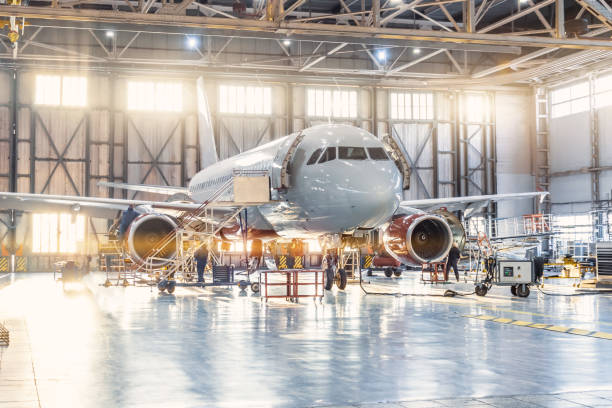Hangars are an indispensable part of owning and operating valuable aircraft. If you are going to be flying airplanes, you also need somewhere to keep them safe and secure while not in use. Although these structures can be expensive, they are worth the investment to ensure your plane stays safe and secure while you are away.
The following are some primary things to consider when building airplane hangers, whether for business or personal use. It will ensure a sturdy structure that lasts a long time, keeping your costly planes safe and functional.
Structural Floor Requirements
There are several structural floor requirements that you need to consider when building a hangar. The most important of these is that the floor must be sturdy enough to handle the weight of your aircraft and all its equipment and any people who might be inside the hangar.
This means that if your structure is going to house more than one plane, it needs a sturdy and durable foundation to hold up in inclement weather without buckling or collapsing under an unexpected snowfall.
Reasonable Building Size
Another essential factor to remember is the size of your plane and how much room you will need to park it. It will help you determine the size of the storage unit, ensuring it accommodates one large aircraft or multiple small ones.
Although you can save money by constructing a smaller building, this is not recommended if you have a larger aircraft. Try to build an ample enough structure so that your airplane will fit with minimal space around it.
High-Quality Doors
You want your building to be robust enough to withstand strong winds or hurricanes and heavy snow loads. You also want the doors to withstand freezing, high temperatures, and strong winds since they will be used a lot. This means you should use high-quality doors built with a sturdy material, like steel or iron.
Robust Steel Construction
When constructing ergonomic airplane hangers, you want them to be robust, durable and fire-resistant. Prefabricated steel is the best option for this purpose because it is a good insulator, and you can paint, or coat it to protect against corrosion. You can also galvanize it, which means that zinc coating protects the metal from rusting in harsh environments such as coastal areas where the saltwater spray is typical.
Besides being durable, prefabricated steel structures are usually more affordable than other kinds of materials such as concrete or brickwork – and even then, there is no need for foundations since most hangars are built on level ground anyway.
So, if you’re looking for something sturdy but flexible enough for whatever conditions come its way without costing too much money upfront, look no further than steel construction kits from reputable suppliers.
Safety and Functionality Standards.
Remember that safety and functionality standards vary from one aircraft hangar company to the next. For instance, some will focus on safety, while others will focus on functionality. Ideally, it is best to have a combination of both equally, as you cannot have a functional structure without adequate safety measures.
Lastly, you can always contact the concerned local authorities on the specific safety protocols to follow when constructing such structures, ensuring you prevent legal hassles and inconveniences later.

